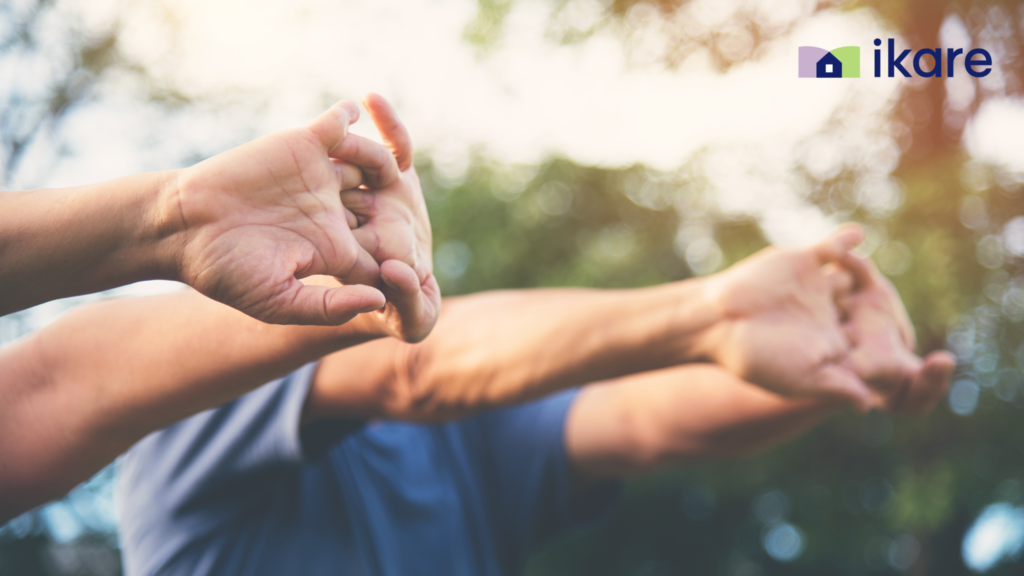
As age advances, mobility is essential to live independently and enjoy a great degree of independence. Regular exercise, like minor exercises and physical activity every day, is vital to build muscles, improve balance, and improve flexibility.
The Role of Mobility in the Elderly
Mobility plays a very significant role in enabling the senior’s to continue with activities of daily living such as walking, dressing, cooking, and even socializing. Immobility has adverse effects on dependence, risk of falling, and decreased quality of life. Exercise, however, can reduce these risks and allows elderly to be independent for as long as possible.
If mobility is lost, the elderly will most likely suffer from:
Mobility plays a very significant role in enabling the senior’s to continue with activities of daily living such as walking, dressing, cooking, and even socializing. Immobility has adverse effects on dependence, risk of falling, and decreased quality of life. Exercise, however, can reduce these risks and allows elderly to be independent for as long as possible.
If mobility is lost, the elderly will most likely suffer from:
– Muscle rigidity and atrophy
– Lack of coordination and balance
– Increased risk for falling and injuring themselves
– Habit difficulty
– Isolation and low self-esteem
How Frequent Movement Helps the Elderly
1) Joint and Muscle Strength
As age progresses, it is unavoidable that the muscles loses its mass and the joints stiffen, leading to immobilization. The muscles can be stopped from losing mass and the joints from losing flexibility through regular exercise in the form of low-resistance training, stretching, and low-impact exercises such as yoga.
2) Improved Balance and Coordination
Falling is generally the reason for injury in elderly people, and it mostly results in fractures and extended recovery periods. Falling tendencies are prevented through strengthening coordination and balance by doing exercise activities like tai chi, standing leg raises, and core strengthening exercises. Being balanced in the body allows seniors to walk steadily and confidently.

3) Improves Circulation and Cardiovascular Health
Exercise promotes circulation, and oxygen and nutrients, as such, penetrate to all parts of the body most efficiently. Some of the aerobic exercises that can be used to strengthen the heart and render it more efficient, lower blood pressure, and decrease the risk of heart disease include walking, swimming, or slow cycling. Circulation also gives one a general energy and zest for living.
4) Lessens Joint Pain and Stiffness
Most of the elderly experience arthritis or joint pains, which hurt when they move. Low-impact regular stretching exercises or water aerobics can reduce stiffness, keep joints lubricated, and also reduce pain. Exercises can be utilized in rendering joints flexibility, so that they will not get stiff with age.
5) Maintains Mental and Emotional Well-being
Exercise is also connected to mental health. Physical activity has the effect of causing endorphin release, which is linked to reduced stress, anxiety, and depression. Exercising mobility also provides a sense of achievement, self-esteem, and socialization if done in a group or with caregivers.


